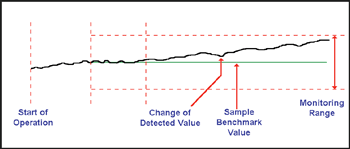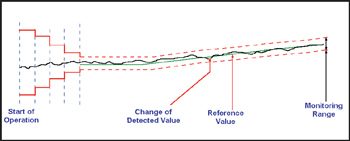Two and Four Channel Tonnage Monitor
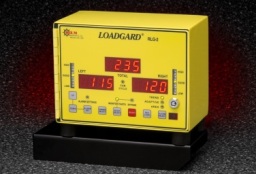
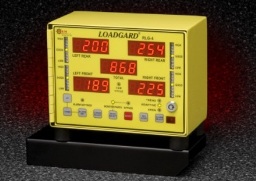
Select the Tonnage Alarming Method for your Application
Trend:
Invented by Helm over 25 years ago, tonnage monitor trend alarming allows you to establish the quality window that the process must operate within. Limits are selectable from 5% to 45%, in 5% increments. Once the forming process begins, the Trend alarms are automatically set above and below the sample benchmark value. Machine shutdown is activated if the forming force varies outside the tonnage monitoring range.
Adaptive Learn:
Changes in material thickness, hardness or temper are quickly detected with this tonnage alarming method. Upper and lower limits are continuously adjusted during the production run based on the average tonnage developed over the last 100 machine strokes. Adaptive learn alarming is ideal for high speed forming operations and guarantees precision tonnage control.
Area Under the Curve:
Utilizing Helm signature analysis techniques, this alarming method continuously monitors the energy curve developed while each part is formed. If any area of the forming tonnage signature changes, machine stop is initiated. Area under the curve tonnage monitoring does not require a resolver or other external timing device. Applications include presses performing deep draw or stretch forming operations and machines using nitrogen die cylinders.
Applications:
- Punch Presses
- Forging Machines
- Transfer Presses
- High Speed Stamping
- Assembly Operations
- Link Drive Presses
- In-Die Force Monitoring
- Thread Rolling
Features:
- Two Channel, Strain Gage Input
- 24 Volt DC or 110 Volt AC Power Input
- Three selectable tonnage alarming methods:
1. High-Low Trend
2. Adaptive
3.Area Under the Curve - Built-In Press Capacity Alarms
- Ethernet Communication Cort -optional
- Small Rugged Enclosure
- Backed by Over 45 Years of Experience
- Number of Channels – Two or Four
- Power Requirements – 24 volts DC or 110 volt AC
- Sensor Inputs – Two or Four Helm Strain Gage sensors
- Operating Range – Single stroke to 1000 strokes per minute
- Output Relays – Two independently wired relays for capacity and selected alarm functions. Each relay rated at 24 VDC, 1/2 Amp. 110 VAC system supplied with two 24-volt dry contact relays.
- A to D Sample Rate – 100 microseconds
- Display Resolution – Up to .1% full scale
- Overall Accuracy – 1% full scale
|
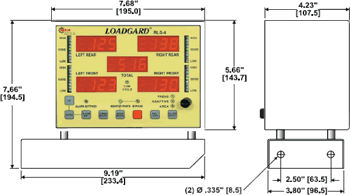 |
|
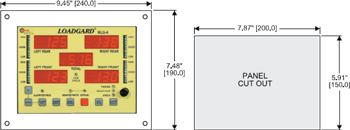 |
|
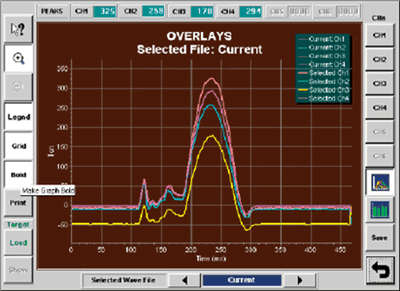 |
|
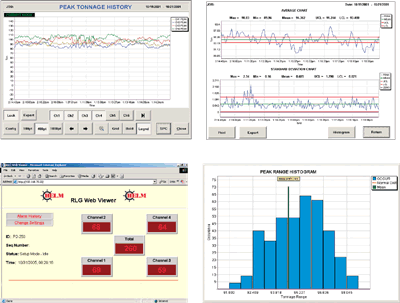 |
| System Options | 2 CH Model | 4 CH Model |
| 12V System w/ Mounting Bracket | RLG-2 | RLG-4 |
| 24V System w/ Flange Enclosure | RLG-2FL | RLG-4FL |
| 110V System w/ Mounting Bracket | RLG-2AC | RLG-4AC |
| Sensor Kits | 2 CH Model | 4 CH Model |
| Drill/Tap Installation | L2-DB | L4-DB |
| Weld/Pad Installation | l2-WB | L4-WB |

